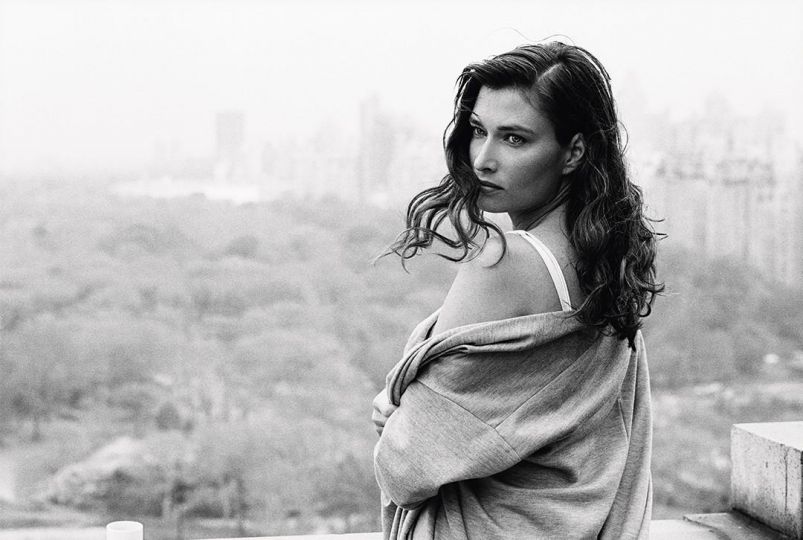Paris-Photo
Wednesday, November 15th, 2012
For the 2012 edition of Paris Photo, David Lynch is clearly in charge.
The filmmaker, whose portrait is on the festival poster, selected 99 works, stamped “Seen by David Lynch”, written in a stylish font, while other products have been marked “As seen on TV”. For visitors in a rush, or for those who find themselves lost in the sea of photographs, or who need help forming an opinion, this Reader’s Digest-inspired system has undeniable advantages.
The downside, for others, is that we cannot help but compare our own favorite works with Lynch’s choices (which can be accessed through a mobile phone application or in a book published by Steidl), and ask ourselves, and wonder, not without irritation, whether a particular photograph is interesting other than cinematically. At the Plantureux stand, which features an ample selection of rare daguerreotypes (Le Gray and his circle), only a snapshot of Marcello Mastroianni made Lynch’s cut. That doesn’t mean that visitors won’t sometimes agree with the choices. At Obsis, I was also very impressed by a set of photographs taken by Eisenstein during the filming of Que Viva Mexico.
If I had to give my own recommendations, I would honor the subtly presented work “Collected Shadows” at the AMC2 exhibition. Nothing there is for sale, which is just as well, and I believe that the collector Pierre Apraxine (whom I encountered there) would share my opinion.
I would say the best stands were, unsurprisingly, Hamilton’s, where I stood admiring a large color nude by Helmut Newton, and Gagosian, for his Avedons.
As for the best installations, my vote goes to the Viennese Actionists on view at Westlicht, which is attending Paris Photo for the first time. It won’t be controversial to express my admiration for classics like the still life self-portrait by Man Ray at Françoise Paviot, the Lartigue photos at Fifty One, a series of vintage Diane Arbus prints which I had never seen before—I was so impressed, I forgot to make note of where they were—and a sublime Christian Shad at Tessa Herold. As for the rising stars: Marie Amar’s “Poussierère” at Brancolini Grimaldi (very reminiscent of Duchamp), and in first place the highly sensual near-nudes by Arno Nollen at Jousse Entreprise. That might have been my greatest discovery this year. And it seems David Lynch also took notice.
A good fair should be more than a place to see great works of art. It should also be a place to meet people. At the far end of the Grand Palais, where the books are, Antoine de Beaupré, from 213, introduced me to Hilla Becher, whose work he is exhibiting. We stayed chatting for a moment, along with Bettina Rheims, whose latest work is on display at Hamilton’s and Camera Obscura. I wanted to take this opportunity to express my admiration for her and her late husband Bernd’s work, which influenced contemporary photography as much as that of anyone else, for better or worse. But the conversation quickly turned to Lynch. We had a laugh, shared a moment together, and then I went away, happy.
Serge Bramly, Writer
















